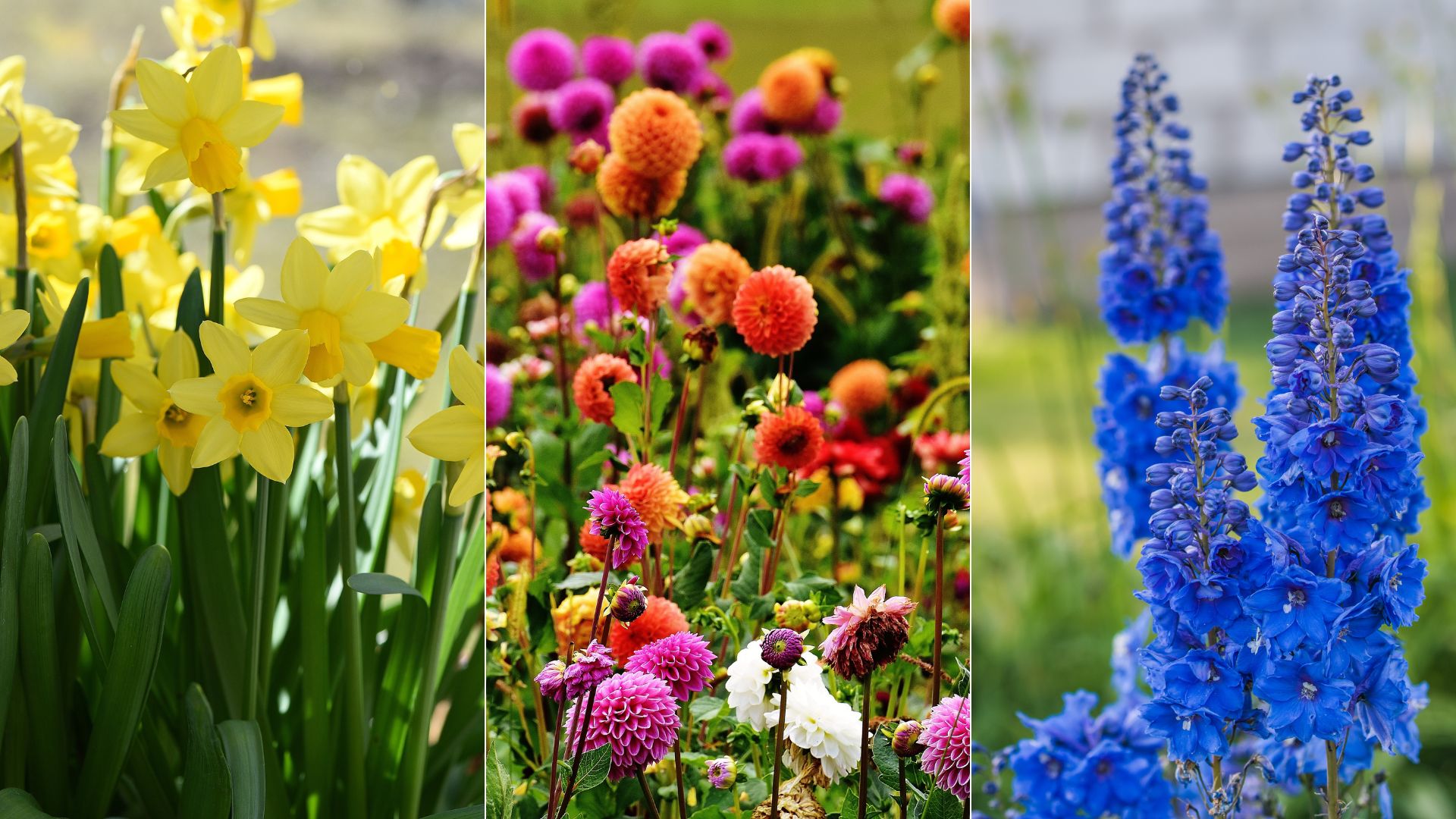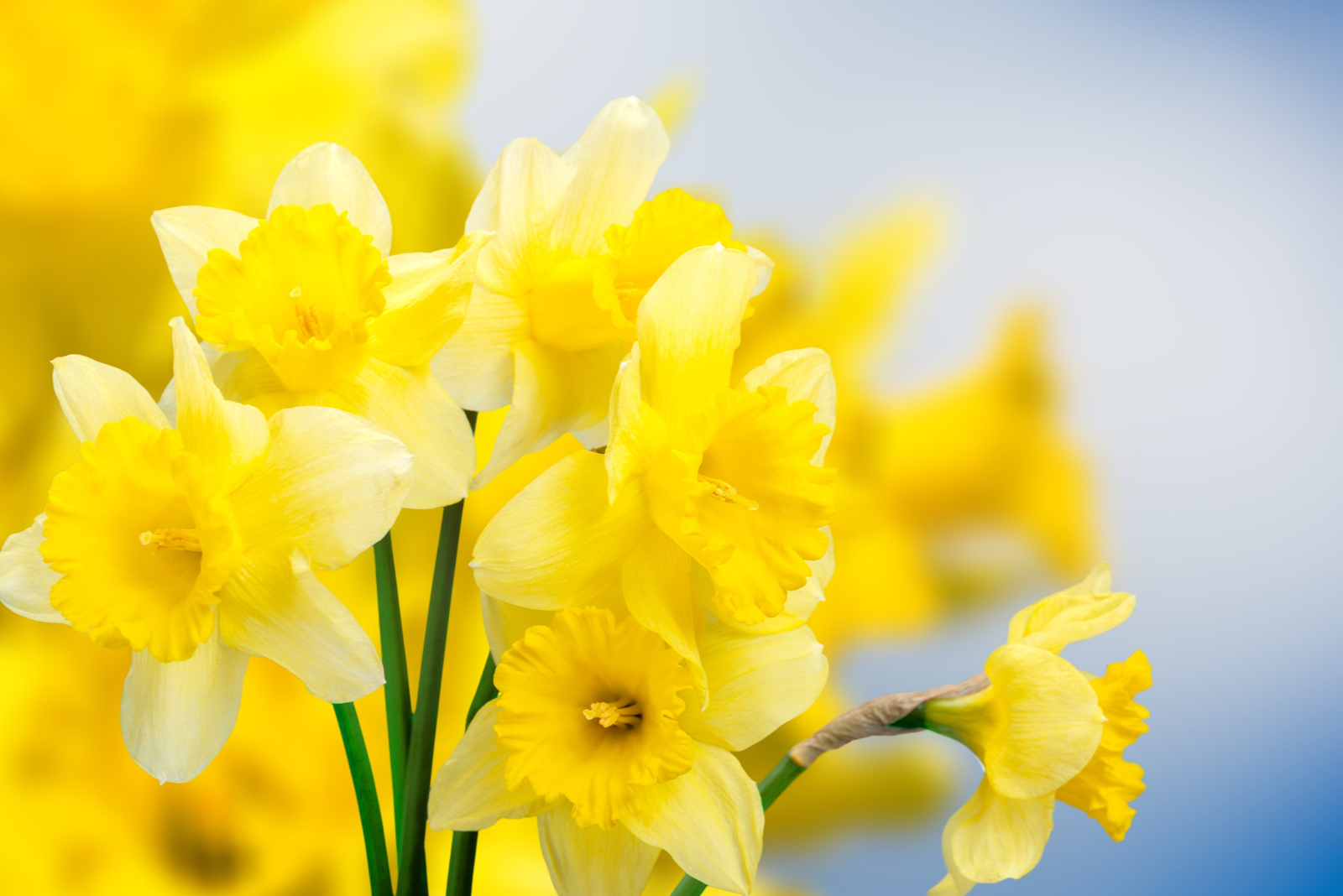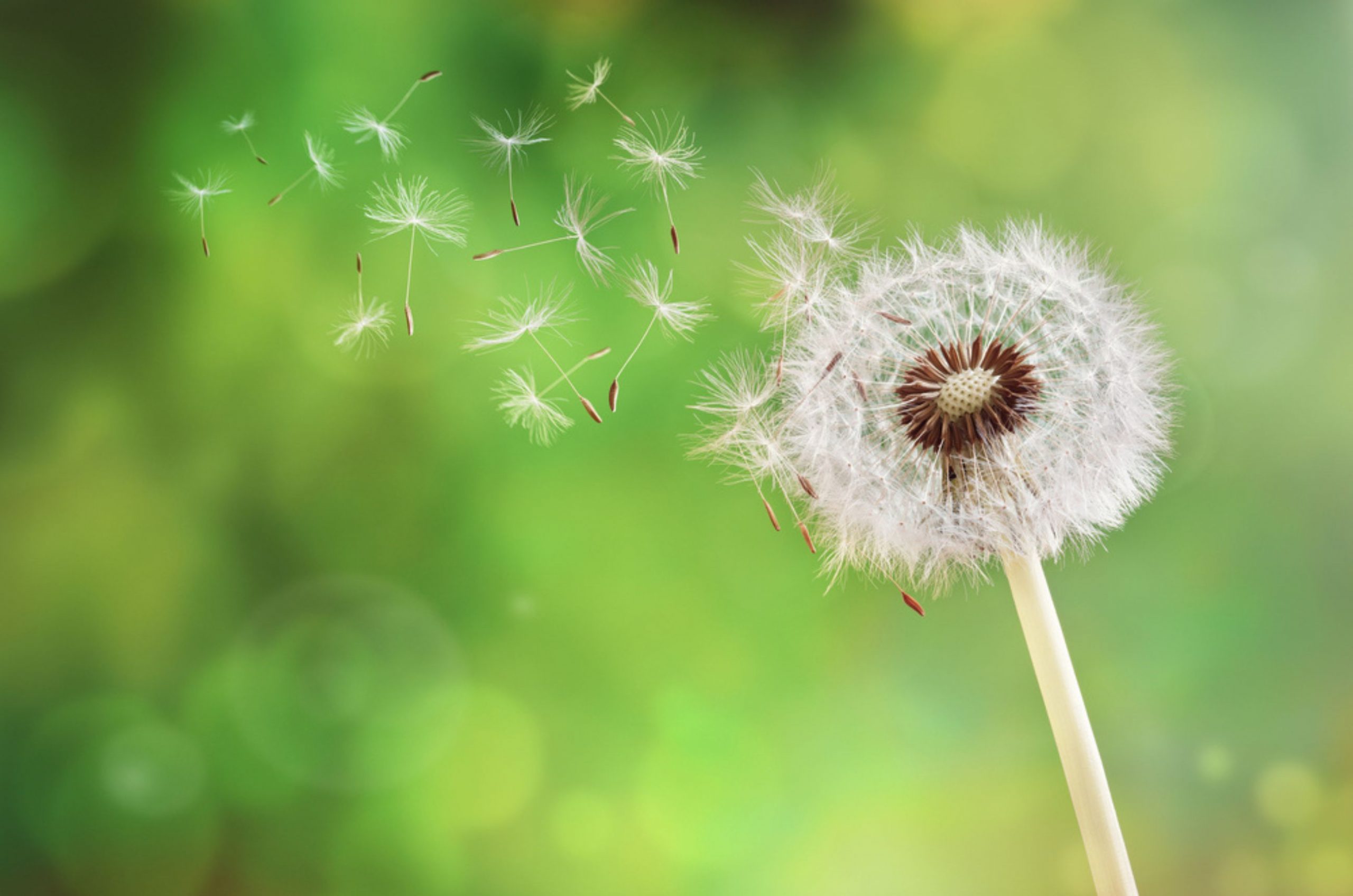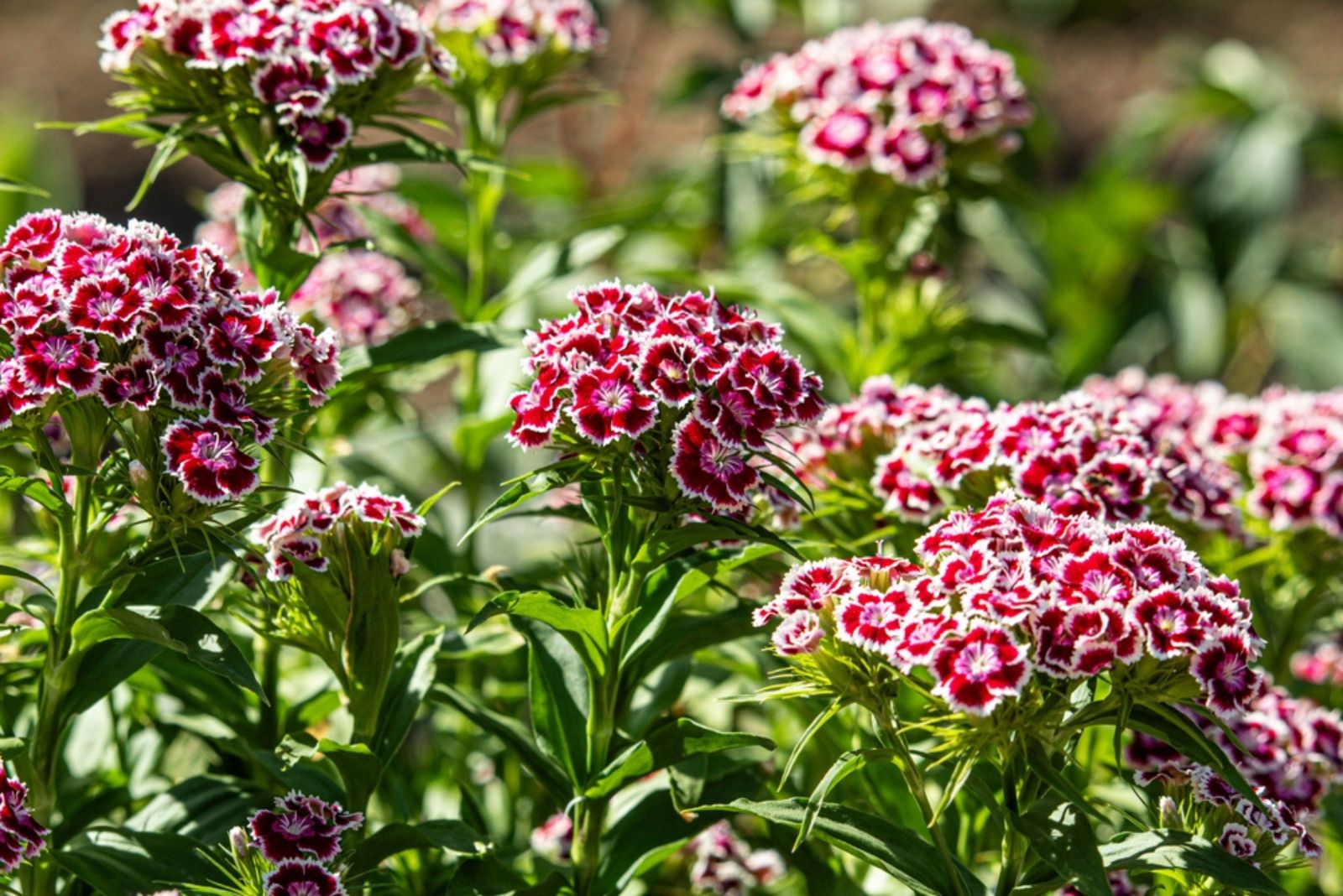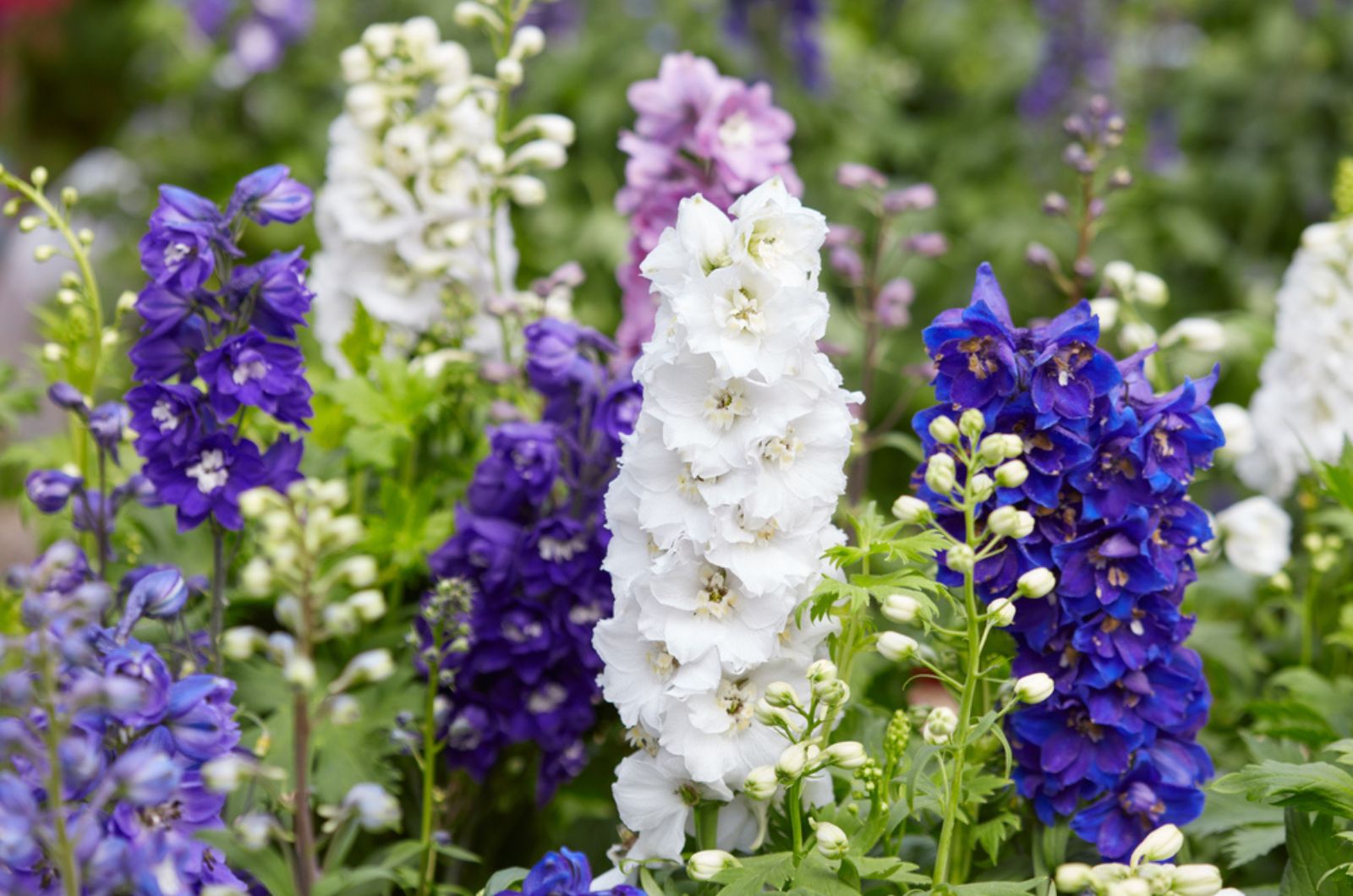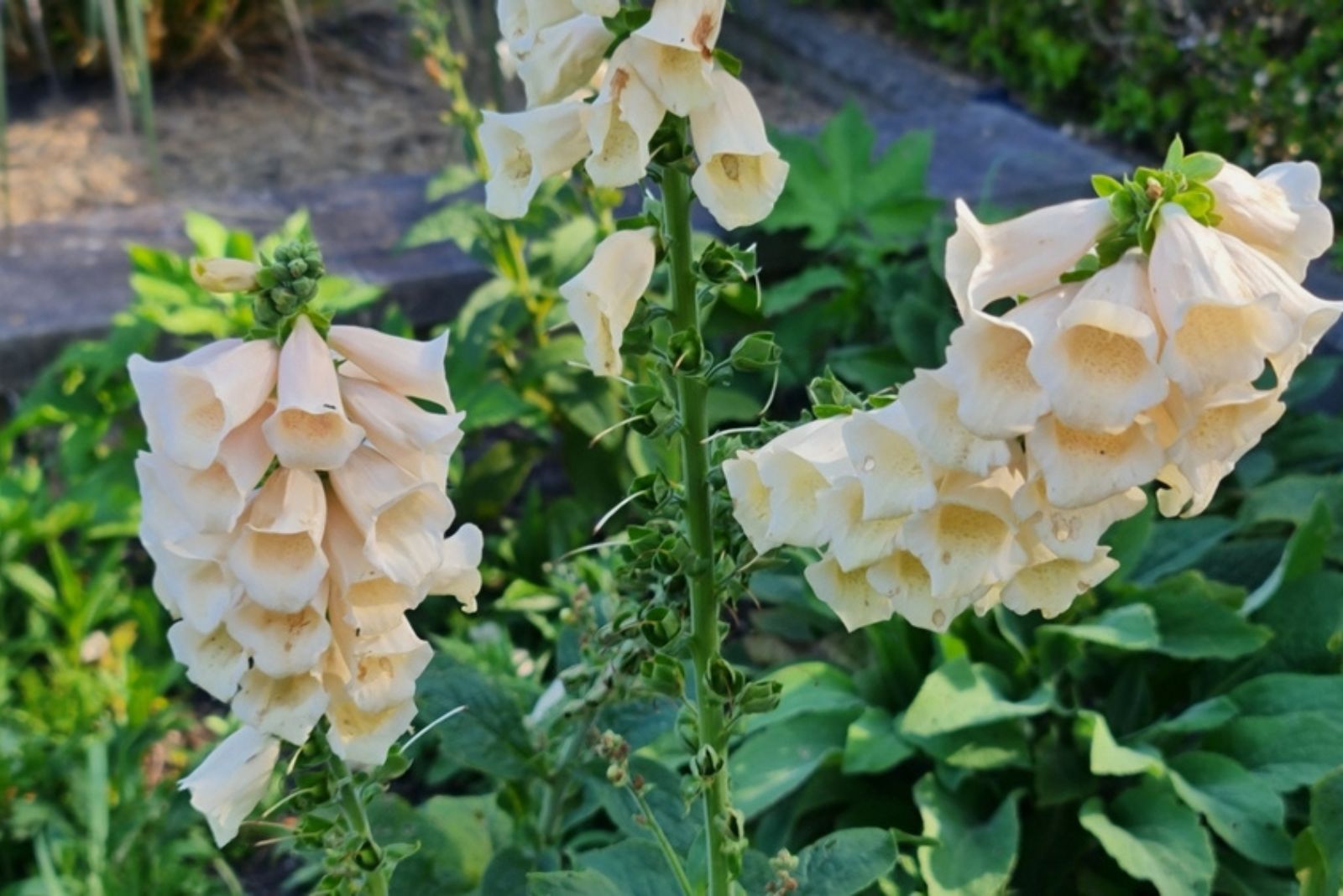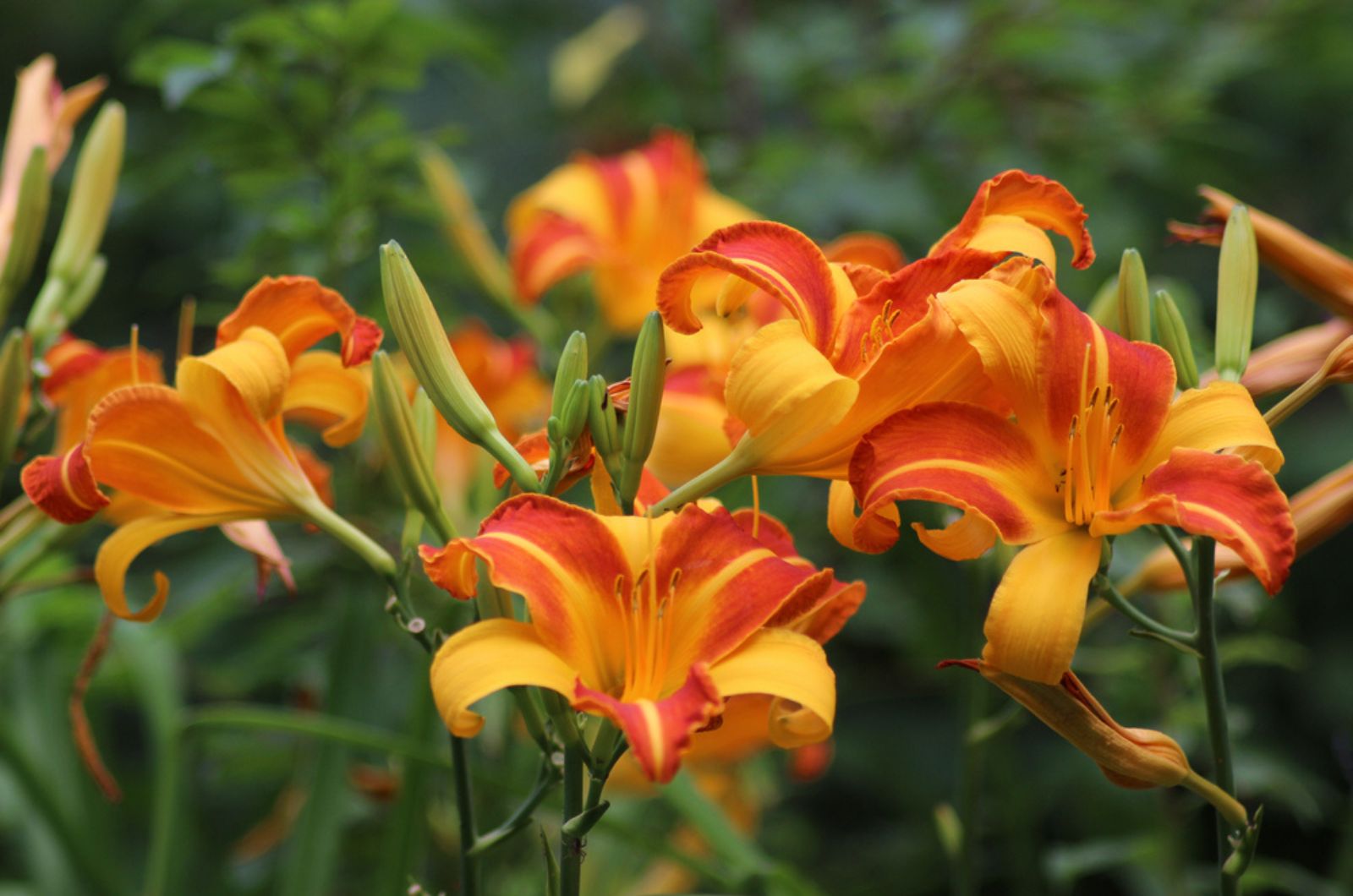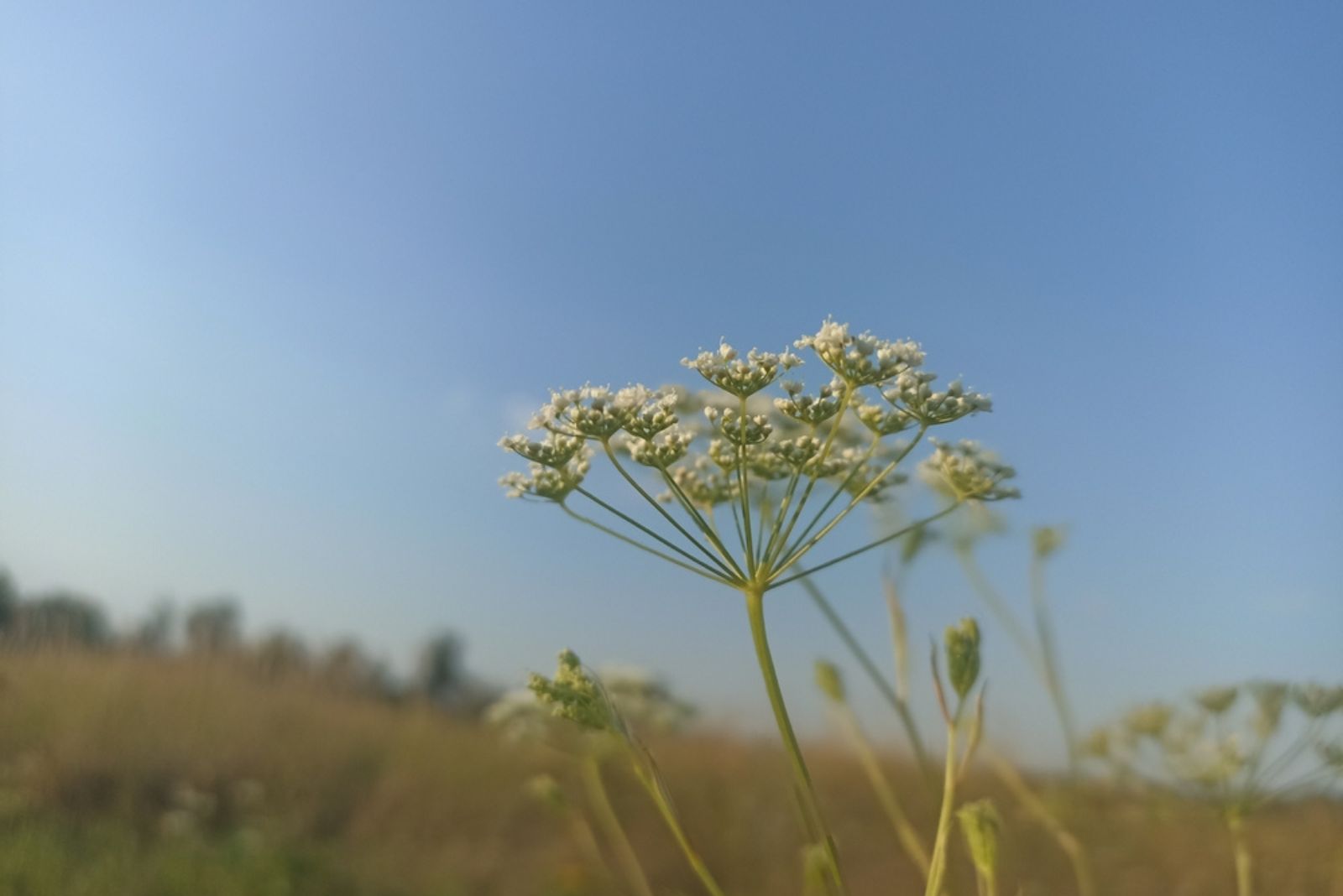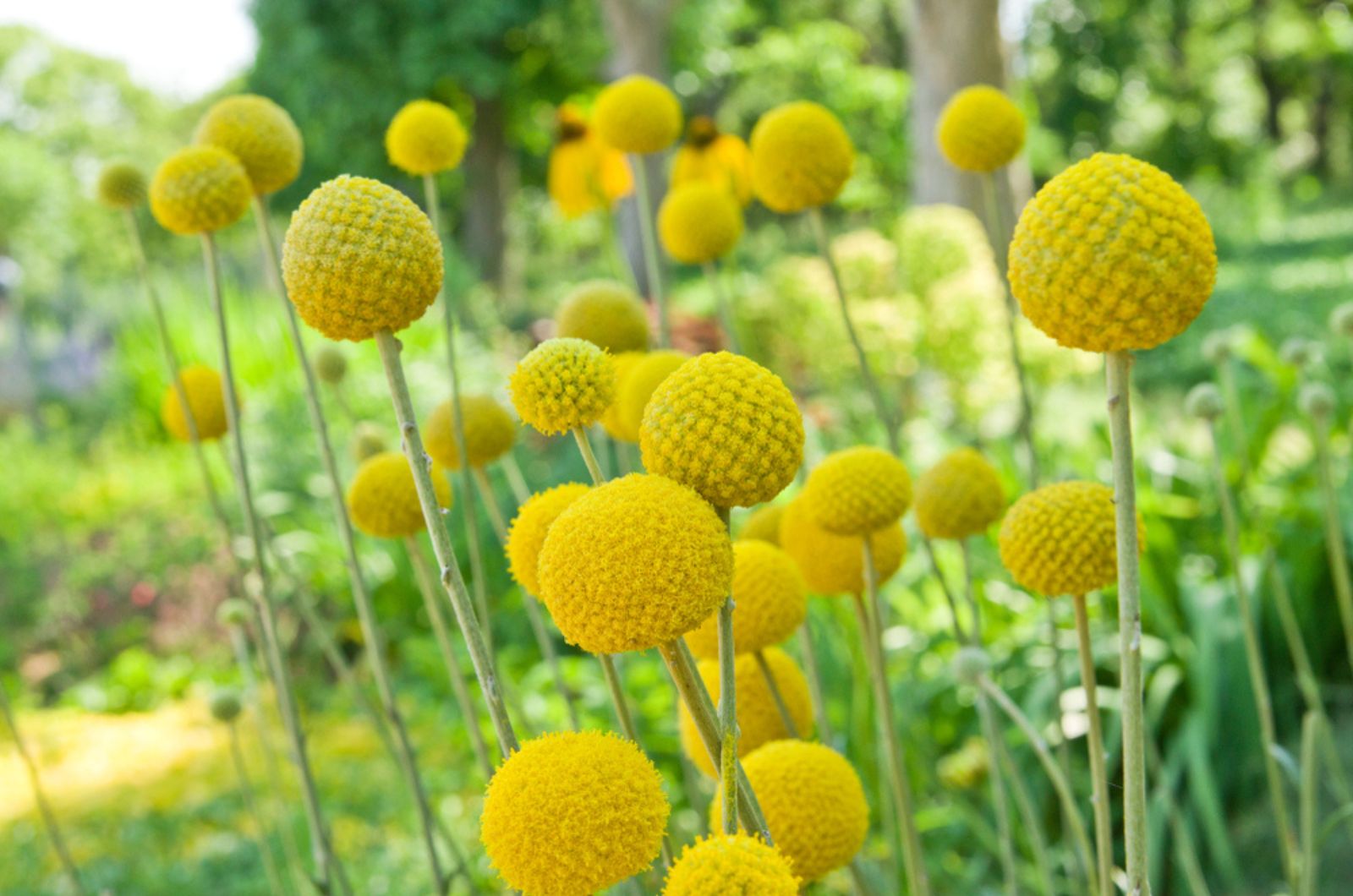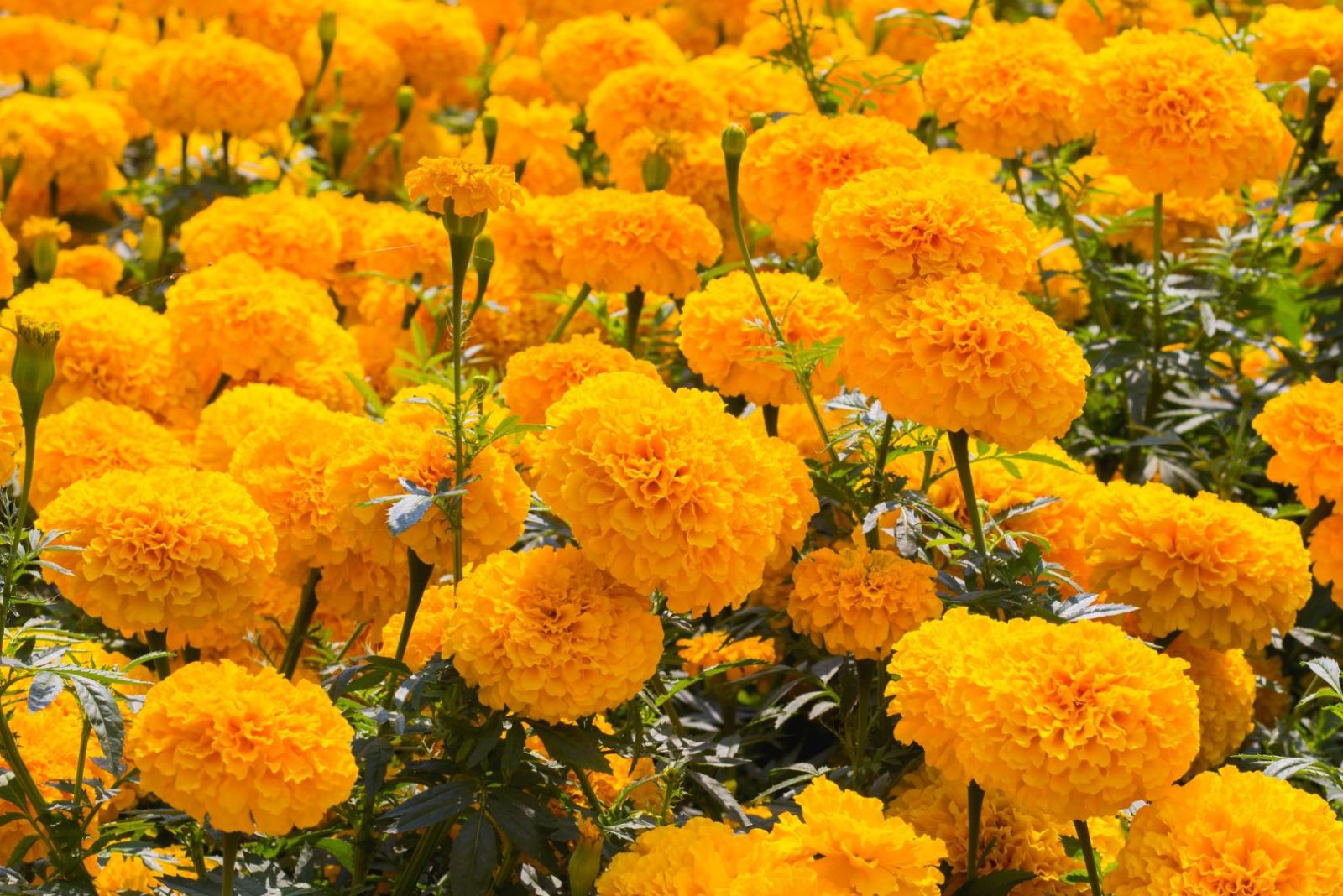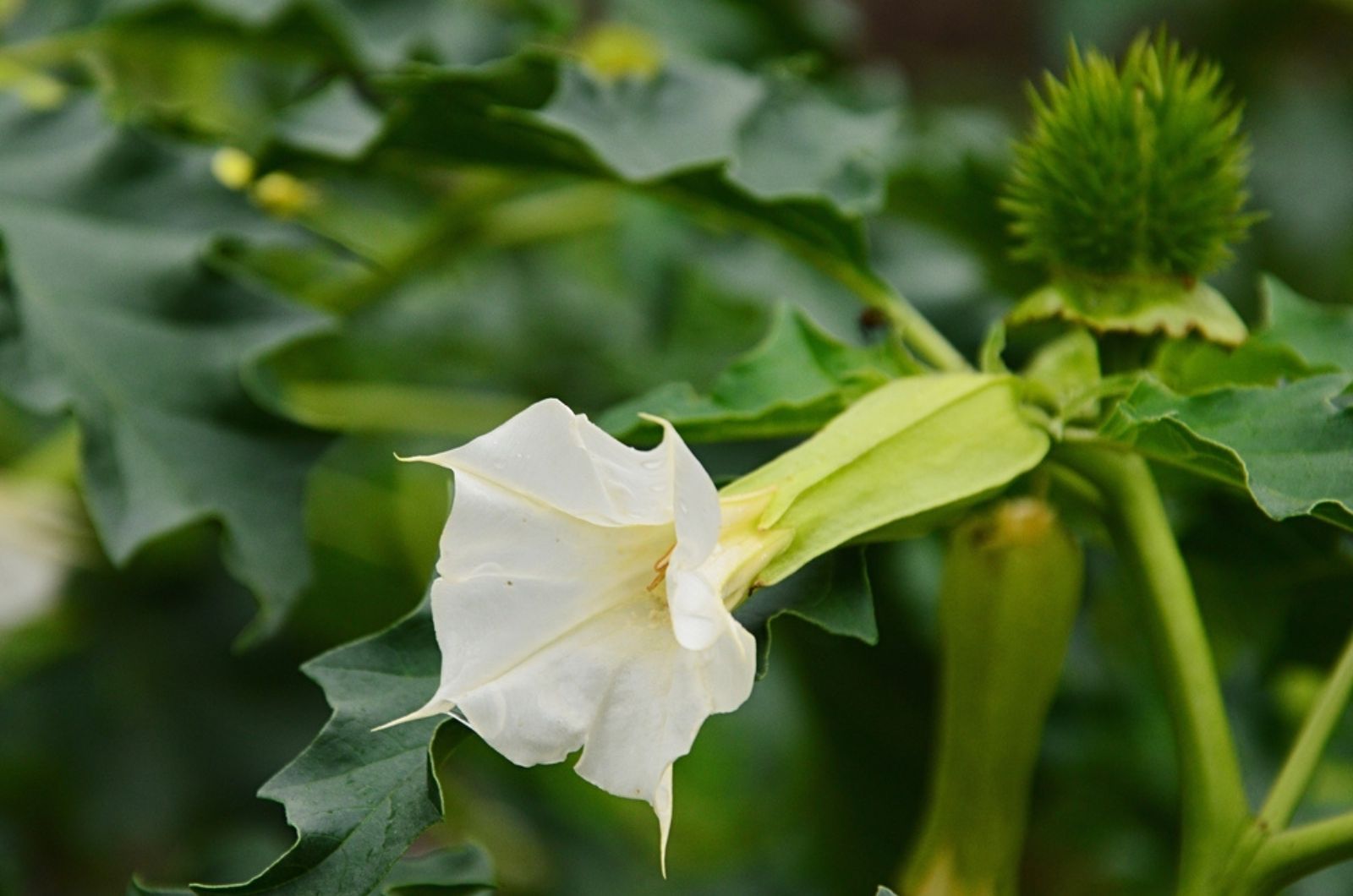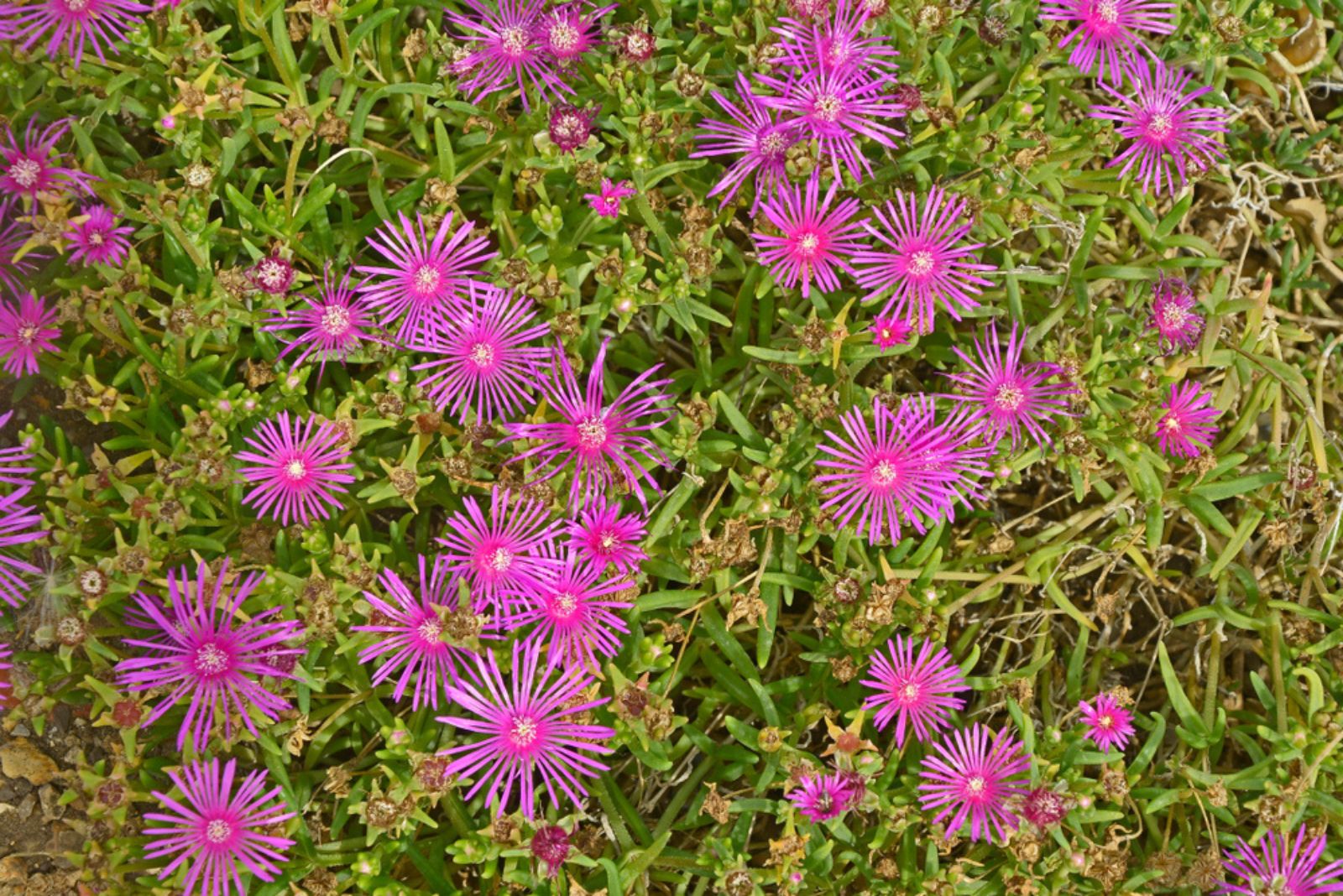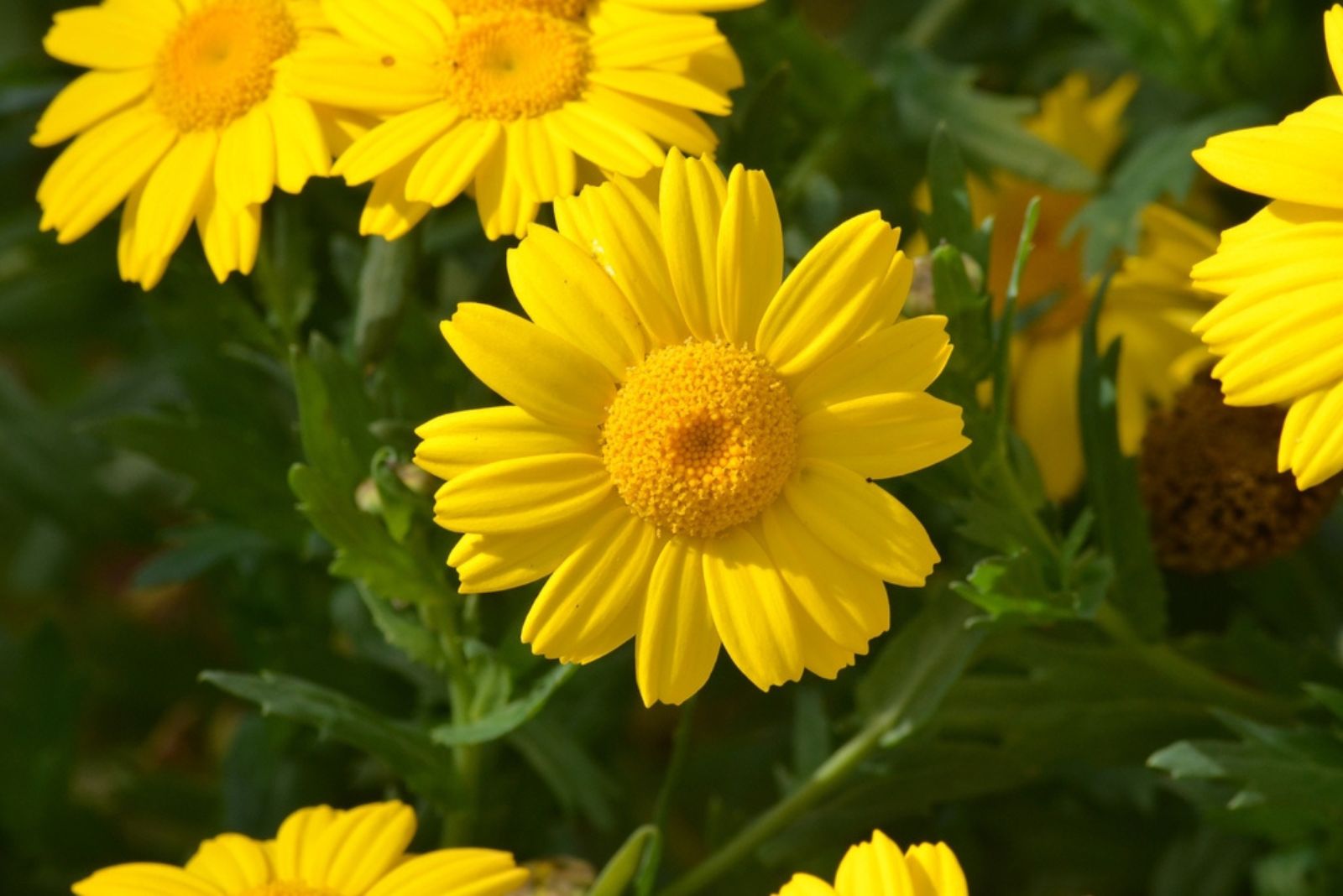The appearance and stories behind flowers have enchanted us since, well, forever! This world is as intriguing to gardeners as ordinary people.
Each has something different to offer and it’s often very challenging to decide on a favorite one.
In this article, we’ll enter the D world, i.e., learn about some breathtaking flowers that start with the letter D. From the heavenly appearance of dahlias to the irreplaceable charm of daylilies, we’ll embark on an exquisite journey!
Let’s get started!
1. Daffodil
When you notice daffodils, you know spring has arrived and the dull winter colors are finally gone.
Yellow blossoms will perfectly fit into every garden design and you’ll have thriving daffodils as long as you give them a lot of full sun.
One thing you may not know about daffodils is that they’re toxic, so pay attention if you have small children or pets. (1)
2. Dahlia
The great thing about dahlias is that they come in various hues and sizes. There’s definitely one for every garden!
Some won’t exceed 3 feet while others may require some type of structural support.
If you live in USDA hardiness zones 8 and above, you can grow these spectacular plants outdoors as perennials. Low temperatures may damage your dahlias, so keep them in containers if you live in colder climates.
You can grow them outdoors as annuals; simply pre-sprout your dahlias and plant them in your garden when soil temperatures increase.
3. Dandelion
What is a garden without dandelions? These cute flowers are frequently used in the kitchen and have many health benefits. (2)
Dandelions are super-easy to maintain and you can even grow them in containers if you lack space.
These weeds with yellow blossoms will grow in various soil types and thrive best in USDA zones 3 through 9.
4. Dianthus
Many growers use the nickname pinks for dianthus plants. It is a super-cute name, but remember that pink isn’t the only flower color of these plants.
These plants emit a spicy fragrance and are frequently used as ground cover plants. However, some varieties can reach up to 3 feet and they are perfect for those who would like to grow dianthus for cut flowers.
Dianthus species show excellent resistance to drought and they’ll perform best in a sunny spot and free-draining soil.
5. Delphinium
The majority of people think of delphiniums as plants that produce only blue flowers. This is, indeed, the most common color, but it’s not the only one.
Otherwise known as larkspurs, delphinium plants are renowned for their tall spires of blossoms, palm-shaped foliage, and ability to attract hummingbirds and butterflies.
These plants grow best in full sun and well-draining soil but they don’t tolerate heat or drought. I recommend growing delphiniums as annuals to those who live in USDA hardiness zones 8 and above.
6. Digitalis
If you haven’t heard of digitalis, maybe foxglove rings a bell. These old-fashioned flowers have a unique appearance and their bell-shaped blossoms leave everyone speechless.
Most digitalis species are biennials, so double check if you want to add perennial foxgloves since only a few species have that feature.
These plants aren’t fussy over growing conditions; as long as you keep them in moist but free-draining soil and ensure full sun or partial shade, they’ll thrive and produce an abundance of their captivating blossoms.
7. Daylily
Everyone likes daylilies because of their low care requirements and the fact that they are one of the plants that can withstand heat and cold.
Even though yellow and red daylilies are mainly seen in gardens, there are varieties that generate purple, pink, orange, and white blossoms.
These plants tolerate different soil types but will perform best in free-draining and nutrient-rich soils. Full sun may affect flower color, so you should ensure some shade if you live in warm climates.
8. Didiscus
Didiscus is frequently mistaken for Queen Ann’s lace, which is the reason why they’re also known as blue lace flowers.
However, blue isn’t the only color of didiscuses; some varieties produce pastel pink or white blossoms. The sweet scent and firm stems make this plant perfect for cut flowers.
These lovely plants won’t exceed 3 feet and will flourish if planted in porous soil and given direct or bright indirect light.
The best would be to plant your didiscuses in spring to encourage blooming all summer long.
9. Drumstick Flower
This flowering plant isn’t commonly seen in gardens, but its globes definitely deserve it. The blossoms come in light yellow and you can use them in flower arrangements.
The drumstick flower is a perennial plant in its native habitat, i.e., Tasmania, Australia, and New Zealand. However, it’s grown as an annual plant in the US.
It will thrive in both direct sunlight and partial shade.
10. Desert Marigold
Showy light yellow blossoms and the floppy shape of desert marigolds will add a wild touch to your outdoor space.
You can expect the flowers to appear in spring and they’ll last until midsummer under optimal conditions. These conditions actually include only 2 things: free draining soil and full sun exposure.
Desert marigolds tolerate drought well, making them suitable for rocky garden types; they’re also frequently used in xeriscaping.
11. Datura
Datura isn’t really the name growers use for this plant and you’ll more often hear angel trumpet, devil trumpet, or moonflower.
I guess the nicknames reveal more about datura plants; their trumpet-shaped blossoms look amazing and will fit into every garden design.
Don’t let the delicate appearance of these plants fool you; they spread aggressively and are considered invasive. (3)
Full sun is the only requirement; it tolerates literally all soil types.
12. Dew Flower
The dazzling blossoms of dew flowers typically appear in the middle of the spring.
Well-draining soil and a sunny spot will encourage healthy growth and continuous flower production.
These plants are suitable for rocky gardens and wildflower gardens but you can also use them as border plants.
Dew flowers won’t exceed 3 feet in height and width.
13. Dutchman’s Breeches
Another plant with an interesting name is Dutchman’s breeches. It’s actually a variety of bleeding heart plant and is renowned for its spectacular yellow and white blossoms that resemble upside-down breeches, hence the nickname.
This North American native is super easy to maintain and is one of the plants that perform well in shady gardens.
14. Daisy
We’ll finish our list with this classic garden flower. This hardy plant species shows excellent resistance to drought and will produce blossoms continuously even with a bit of neglect.
Star-shaped flowers are favorites of many gardeners and they look captivating in any garden design. If you are a beginner, daisies might be the perfect choice.
No matter which D flowers you choose, I’m sure your garden will look fascinating. Follow our guidelines for maintenance for happy and healthy plants all season long!
References
1. Guide to Poisonous Plants – College of Veterinary Medicine and Biomedical Sciences – Colorado State University. (n.d.). https://poisonousplants.cvmbs.colostate.edu/Plants/Details/116
2. Rd, R. a. M. (2023, February 1). 13 Emerging Health Benefits of Dandelion. Healthline. https://www.healthline.com/nutrition/dandelion-benefits
3. Lazar, L., & Malutan, T. (2022). Potential Application of Invasive Plant Species Datura innoxia for the Scopolamine Extracts of the Plant Organs and Analysis Using UV–VIS Spectrophotometry. Forests

